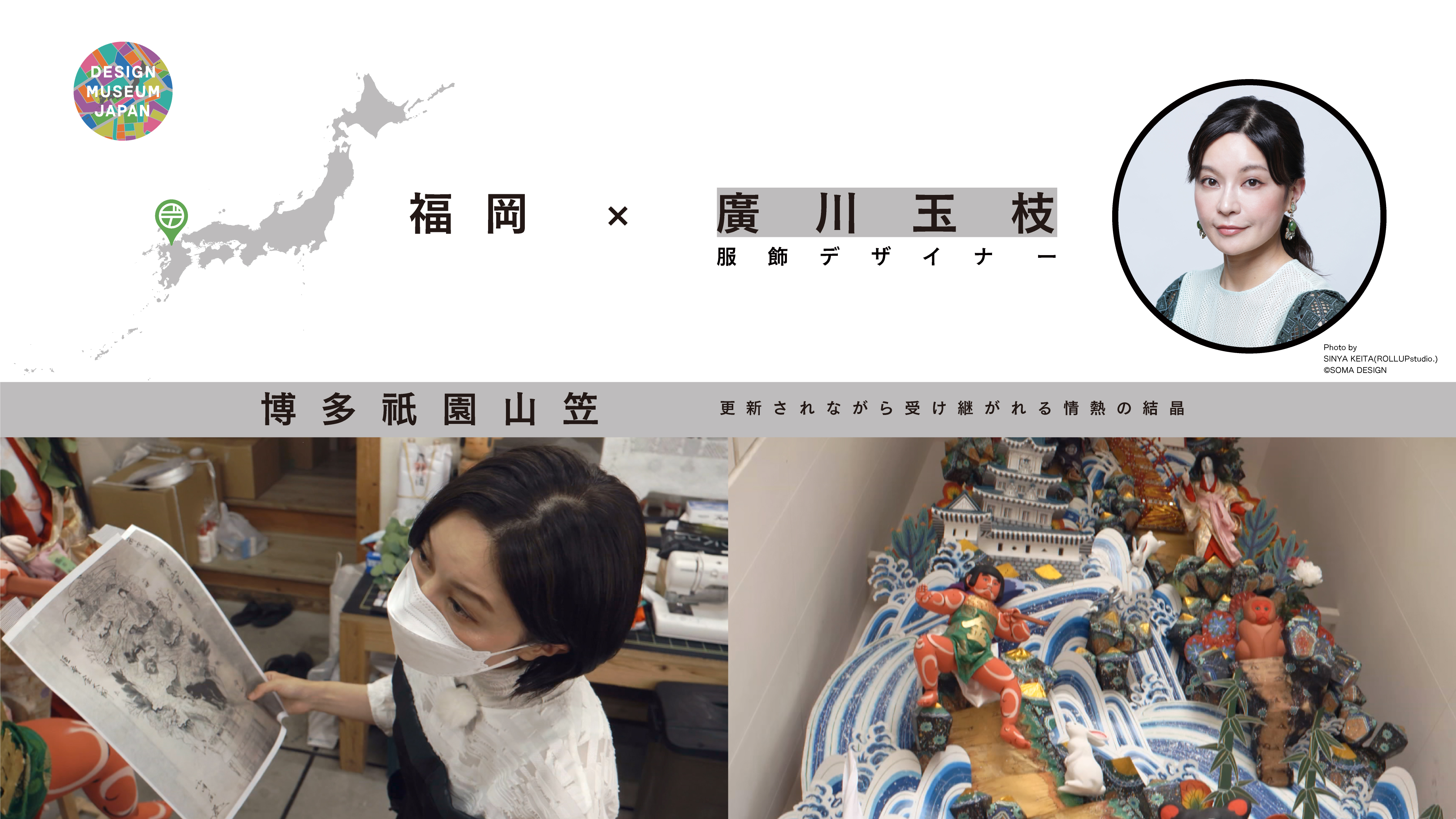Kunihiko Morinaga researched “Haburagin” the costume of female priestesses and Noro (celebrants) in Amami. The Noro village priestesses of the island of Amami Ōshima in Kagoshima prefecture performed rites for the happiness of their community from over 500 years ago. The Haburagin was the garment worn by girls of 12 or 13 when they first participated in the rituals. Both good and evil spirits were thought to gather at the places of ritual. The richly varied designs guarded the still immature and vulnerable girls. Morinaga went to Amami to encounter garments created by people who lived in close proximity to the invisible.
Kunihiko Morinaga Fashion Designer
Haburagin, the Costume of the Amami Priestesses

DESIGN TREASURE
Design for Protecting the Wearer

Haburagin
Undated
Silk
Collection of the Genki no Deru Hall, Uken Village Lifelong Learning Center

Composed of triangles made of various fabrics

The name "Haburagin" comes from habra (habera) for butterfly or moth
CREATOR

Photo by YOSHIMORI SHINNOSUKE
Kunihiko Morinaga Fashion Designer
Born in Tokyo in 1980,
Morinaga started clothing design when he was a university student through classes at the Vantan Design Institute. He then set out as Anrealage in 2003, a brand intended to combine the everyday things of “a real age” with the unreal. He became a regular exhibitor at the Tokyo Collection, and then at the Paris Collection, too, from 2014. A joint project with the Italian firm, Fendi, was unveiled at the Milan Collection in 2020. Morinaga designed the official uniforms for the Japan Pavilion at the Dubai World Expo in 2021, and in 2023, he designed Beyonce's world tour costumes.

Morinaga sees Haburagin for the first time
Those who wear the Haburagin are protected by various beings.
Habragin reminds us of the patchwork that is the origin of Morinaga's designs. Patterned and plain, silk and cotton, the Haburagin is fabricated using cuttings from the kimonos of many people. Habura is the local word for a butterfly or moth and referred here to floating spirits of the dead. The garment was a patchwork of triangles, each representing a butterfly or moth, and hence a coat that called on the combined powers of the spirit world to protect its wearer.

See photos and documents related to Noro

A hair ornament worn by Noro during rituals.
Photo by Hideo Haga, Haga Library / Uniphoto Press

It is said to protect Noro's body like Hablagin by having a triangular piece of cloth draped over one’s back.
Courtesy of Uken Village Board of Education
The heartfelt prayers of people who lived surrounded by the supernatural.
Haburagin is a design produced by needle, cloth and thread enable the wearer to live safely. It is also the design of spirit that embodies a way of "believing in and giving form to something invisible" which the Japanese people have long valued. The decorative futameotoshi stitching often is used for the Haburagin. The alternation between long and short stitches was thought to exorcize evil spirits. It was applied especially to openings such as the collar and sleeves where spirits were more likely to be able to get in. “The detail is small but held enormous power and significance. The sense of awe made this no mere decoration. We sense the presence of the gods in the detail”, Morinaga remarked.

Futameotoshi stitching at the bottom of the collar



I want this design spirit of the prayers embodied by the Haburagin to be handed down.
Morinaga has been seeking a patchwork that isn’t only for making a garment that can be worn for many years but also for the warmth of human kindness. The patchwork Morinaga saw in Amami reached far beyond our normal concept of what patchwork is about and took it onto a new dimension. Clothing design isn’t only about making the wearer look beautiful. It is a wish for life, a prayer for how we want life to be. The Haburagin was born out of the pure desire to do things for others that is the premise of fashion.

A noro makes a ritual address.
Photo: by Hideo Haga, Haga Library / Uniphoto Press
Where Can We See This Design Treasure?

Installation view: Kagoshima Prefecture, Amami City by Kunihiko Morinaga, DESIGN MUSEUM JAPAN Exhibition at The National Art Center, Tokyo, Japan, 2022
Setouchi Town Library/Museum
1283-17 Koniya, Setouchi, Oshima, Kagoshima 894-1508
Click here for more details.

Uken Village Lifelong Learning Center
2937-83 Yuwan, Uken, Oshima District, Kagoshima 894-3301
Click here for more details.





























